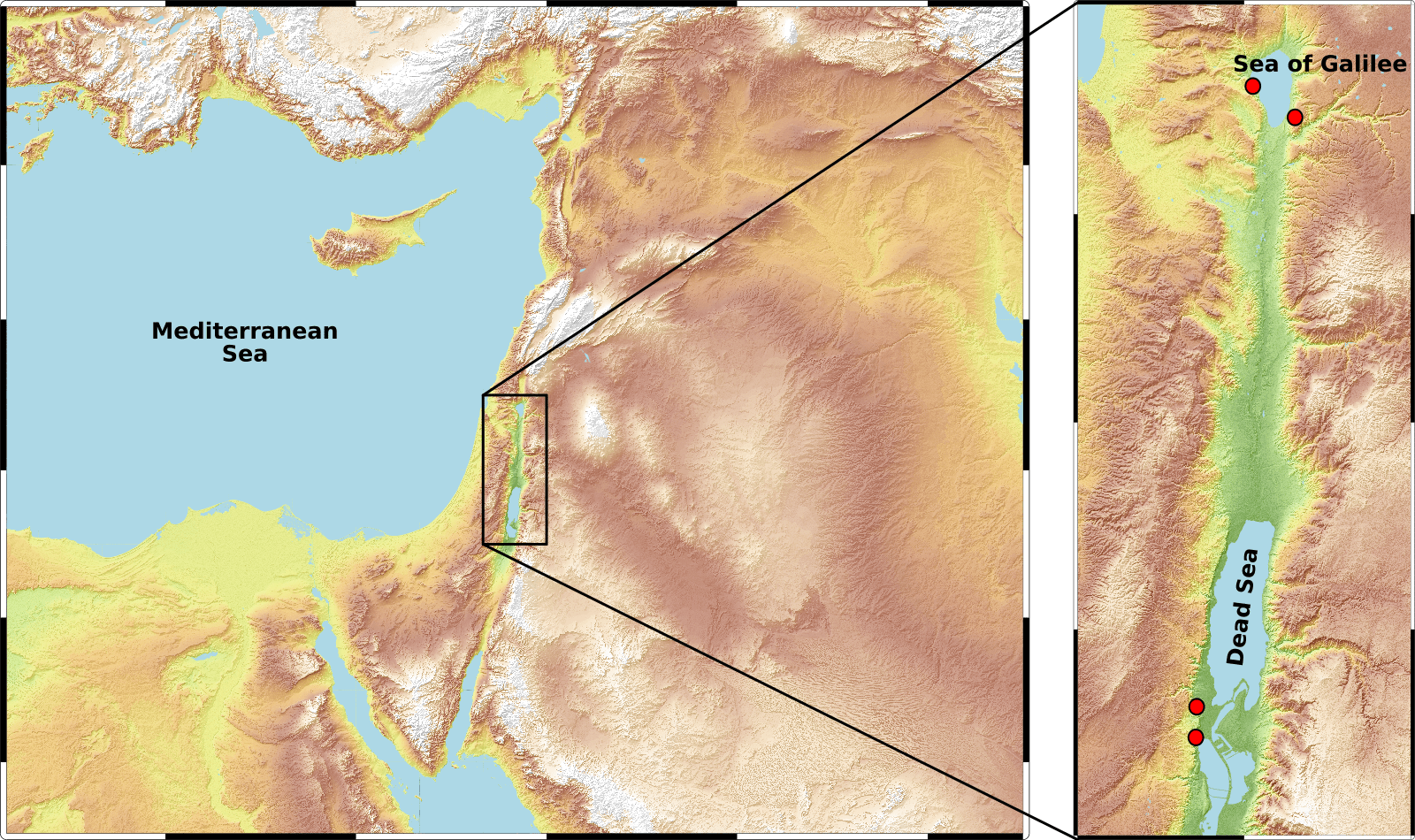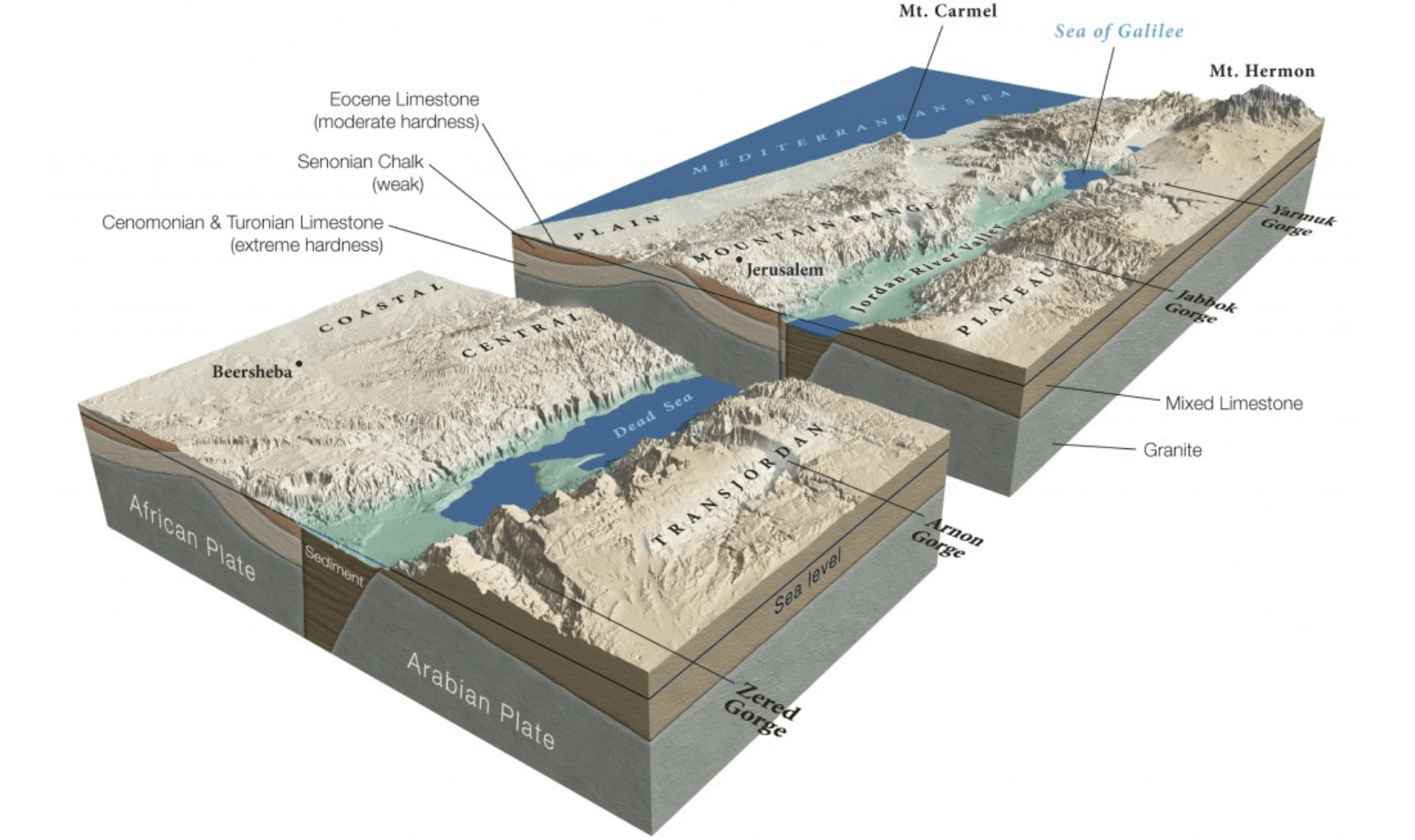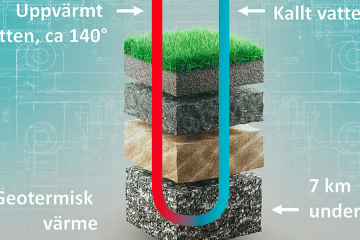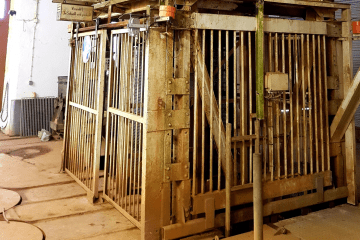Despite cultural and environmental noise suppression advantages, borehole seismometers have not had wide application to seismological networks. The obstacle has been the expense of drilling large diameter boreholes to overcome instrument-bandwidth limitations and borehole tilts. However, if available and in well enough condition, abandonded oil or water wells can be used for that purpose.
Seismological measurements conducted in deep boreholes can provide information not available in measurements taken on the surface. A total of 4 borehole stations along the Dead Sea Fault have been installed: One is a seismometer in the Masada Deep borehole (MDBI), an abandoned oil well, at a depth of 1,256 m (1,516 bsl). This installation has been in operation since end of 2012. Another borehole sensor was installed in an abandoned water well shortly after, about 8 km south of MDBI. Both stations are located near the Western Boundary Fault of the Dead Sea basin. Another two borehole stations, about 160 km north of the Dead Sea basin, were installed on adjacent sides of the Sea of Galilee, near this basin’s boundary faults (see map below).





